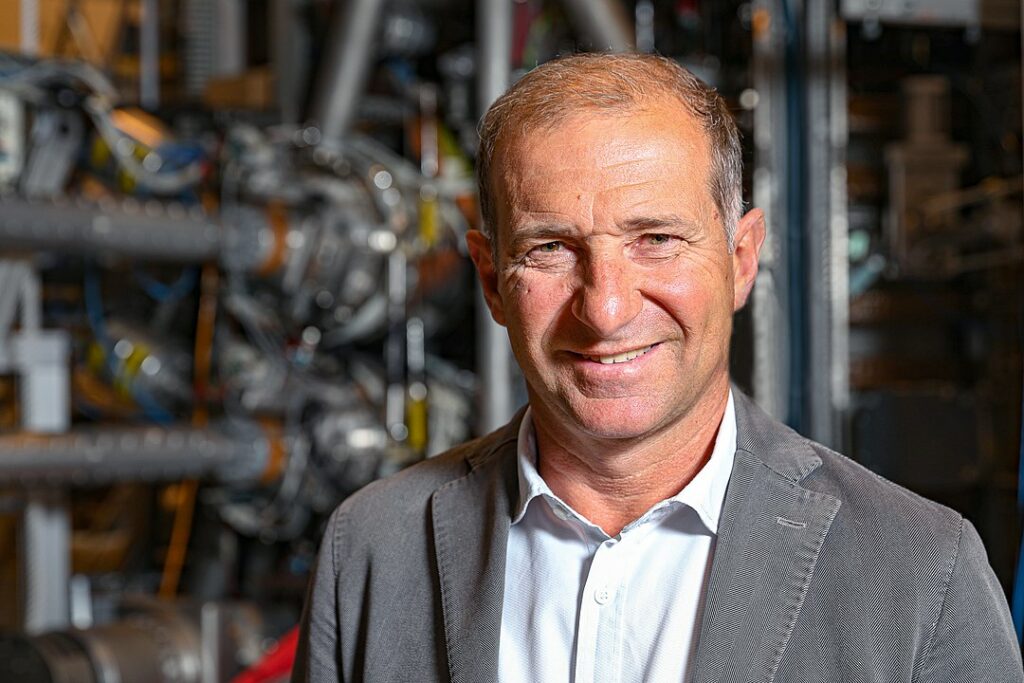First off, congratulations on your unanimous re-election!
“Thank you! It is a real pleasure to be chosen again to chair the general assembly by my peers and to be able to serve the European fusion community.”

For those not in the know, what does the general assembly do?
“In the EUROfusion general assembly, the heads of fusion research, and their delegates or experts from our members come together to as the final decision-making body in the consortium. We tackle topics from preparing a research programme for the next seven-year Framework Programme or appointing members of our advisory council STAC, to decisions on the EUROfusion grants for researchers and engineers. In other words, from the nitty-gritty to the big strategic picture and everything in between.”
There are 31 members from 29 different countries making decisions together in EUROfusion. Does that ever get challenging?
“EUROfusion is incredibly diverse – we have academic colleagues and applied science partners, small university groups and big institutes, from different backgrounds and with different cultures. That diversity makes charting a common route interesting! And, sure, sometimes challenging as well.
“Our consortium exists to make progress along the European Roadmap to Fusion Energy, which means we organise ourselves so that everyone can give meaningful contributions to the common R&D programme. At moments in a meeting we can get overwhelmed by technical details – we are all scientists, after all – or we risk of veering into political topics that we ultimately have no control over. In those cases I need to inject a good dose of pragmatism to get us back on track.”
Is there a secret to this consortium?
“In Europe we’ve always had a culture of working together in fusion. No single institute or even country is big enough to solve all the challenges of fusion energy alone, so we want to work together to make meaningful progress.
“You see that spirit of collaboration and integration everywhere in EUROfusion. We share access to facilities and manage to combine academical physics research and practical engineering R&D, for instance. There’s also the aspect of bringing together different cultures and generations of researchers in the consortium. It’s all a team effort.”
What big topics do you see ahead for EUROfusion?
“Right now we’re preparing for our so-called facilities review, where we look ahead for ten to fifteen years and consider what kind of experimental and computing infrastructure we will need by then. Of course that is when the international ITER tokamak will be in operation, so we also plan how all the researchers from Europe and the other six partners can have access to the device and get the most valuable research out of it.
“Lastly, we’re looking at fusion beyond ITER. EUROfusion wants to develop the European demonstration fusion power plant DEMO by the middle of the century. Earlier this month, when we celebrated the start of our new fusion research programme, our two speakers from the European Commission made their commitment to fusion as part of the future energy mix very clear. That is strong support for our goal to deliver a conceptual design for DEMO by the end of our current research plan. I look forward to seeing those plans delivered!”
